Farro has earned its place as a beloved ancient grain in modern cooking. Suppose you’ve ever enjoyed a Farro salad or grain bowl. In that case, you know how satisfying its chewy texture and hearty flavor can be. But for those following a gluten-free diet, the big question remains: Is farro gluten free? This is a crucial concern for people with celiac disease, non-celiac gluten sensitivity, or those simply opting to reduce gluten from their diet.
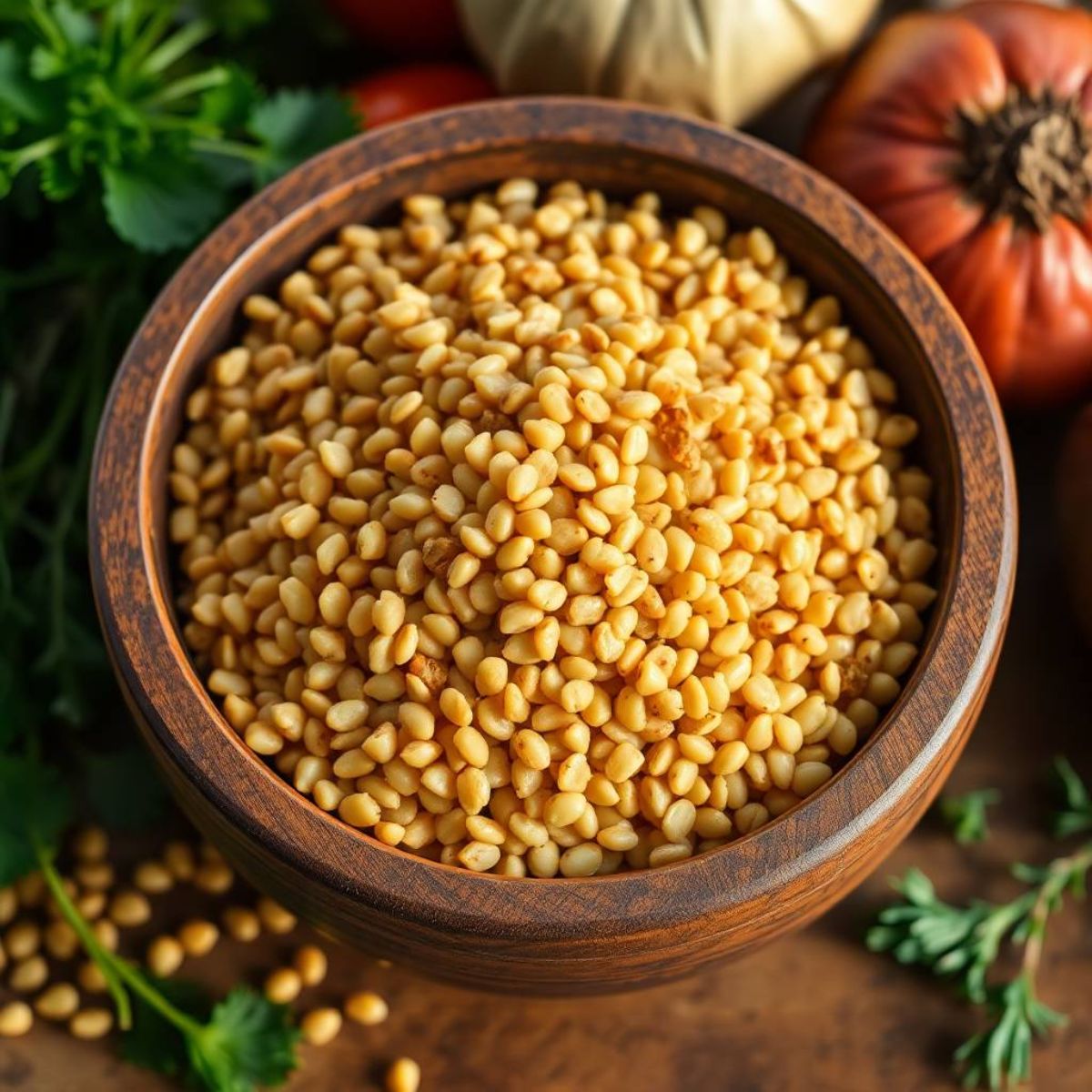
In this guide, we’ll thoroughly explore farro, including its nutritional value, the types of farro available, and, most importantly, its gluten content. Additionally, if you’re searching for gluten-free alternatives or wondering how to adapt your favorite farro recipes, you’re in the right place!
Jump to:
- Understanding Gluten and Gluten Sensitivity
- What is Farro?
- Is Farro Gluten Free?
- Nutritional Benefits of Farro
- Gluten-Free Alternatives to Farro
- Cooking and Preparing Farro
- Cross-Contamination Concerns with Farro
- Gluten-Free Grains for Your Diet
- Farro Recipes for a Gluten-Free Diet
- Farro in Restaurants and Packaged Foods
- Farro’s Role in Plant-Based and Mediterranean Diets
- Gluten-Free Grains for Baking
- Gluten-Free Certification and Labels
- Conclusion
- FAQs
Understanding Gluten and Gluten Sensitivity
What is Gluten?
Gluten is a protein found in wheat, barley, and rye. It’s what gives bread its elasticity and helps it rise. While gluten isn’t inherently wrong for everyone, it can cause serious health issues for people with celiac disease and gluten sensitivities.
Who Should Avoid Gluten?
People with celiac disease, an autoimmune disorder, must strictly avoid gluten, as even small amounts can damage their small intestine. Those with non-celiac gluten sensitivity or a wheat allergy may experience discomfort when consuming gluten, such as bloating, headaches, and digestive issues.
What is Farro?
The History of Farro as an Ancient Grain
Farro is often called an "ancient grain" because it’s been cultivated and consumed for thousands of years. It was a staple in the diets of ancient civilizations like the Egyptians and Romans, and it’s still widely used in Mediterranean and Middle Eastern dishes today.
The Different Types of Farro
There are three main types of farro:
- Einkorn (Triticum monococcum): The oldest and least common form of farro.
- Emmer (Triticum dicoccum): The most commonly used type of farro, particularly in Italy.
- Spelt (Triticum spelta): A distant cousin of wheat and the most easily accessible form of farro in grocery stores.
Is Farro Gluten Free?
Why Farro is Not Gluten-Free
Unfortunately, farro is not gluten-free. Farro is a type of wheat containing gluten, making it unsuitable for anyone following a gluten-free diet. Even though farro is less processed than modern wheat, it still contains enough gluten to trigger symptoms in people with celiac disease or gluten intolerance.
Cross-Contamination Risks in Gluten-Free Diets
In addition to naturally containing gluten, farro can also be a source of cross-contamination. Suppose Farro is processed in the same facility as other grains or foods. It can come into contact with gluten from different sources. For those with strict gluten sensitivities, it’s essential to avoid even trace amounts of gluten.
Nutritional Benefits of Farro
Even though Farro isn’t gluten-free, it’s essential to recognize its nutritional benefits. Farro is an excellent source of:
- Fiber: Promotes digestive health and keeps you feeling full.
- Protein: Provides a plant-based source of protein, ideal for vegetarians and vegans.
- Vitamins and Minerals: Farro contains B vitamins, magnesium, and iron.
How Farro Compares to Other Gluten-Containing Grains
Compared to modern wheat, farro is considered more nutrient-dense and less refined. This makes it popular for those who eat whole, minimally processed grains. However, for people on a gluten-free diet, farro must be avoided.
Gluten-Free Alternatives to Farro
There are several excellent alternatives to Farro if you’re looking for gluten-free grains with similar texture and nutritional profiles. Let’s explore a few:
Quinoa: A Popular Gluten-Free Substitute
Quinoa is one of the best gluten-free alternatives to farro. It offers a similar nutty flavor and chewy texture, perfect for grain bowls, salads, and side dishes. Furthermore, it packs protein and is naturally gluten-free, making it a nutritious choice.
Amaranth: Another Ancient Gluten-Free Grain
Like quinoa, amaranth is an ancient gluten-free grain. It’s rich in protein, fiber, and micronutrients, making it a nutritious replacement for farro in many recipes.
Millet, Buckwheat, and Sorghum: Other Gluten-Free Grains
Millet, buckwheat, and sorghum are other gluten-free grains that can replace farro in various dishes. They’re mild in flavor and can be used in savory or sweet recipes.
Cooking and Preparing Farro
Farro can be an excellent addition to your meals if you're not on a gluten-free diet. Here’s how to cook it:
- Rinse the Farro: Rinse the Farro under cold water to remove any impurities before cooking.
- Cook in Water or Broth: Add the farro to a pot with 2-3 cups of water or broth for every cup of farro.
- Simmer Until Tender: Bring the water to a boil, then reduce the heat and simmer for 20-30 minutes until the farro is tender.
- Drain and Serve: Once cooked, drain any excess water and serve the farro in salads, soups, or as a side dish.
How to Incorporate Farro into Meals
Farro is incredibly versatile. You can use it in place of rice or pasta in many dishes. Try adding cooked farro to:
- Salads: Toss farro with fresh vegetables, herbs, and a light vinaigrette.
- Soups: Stir cooked farro into soups for added texture and nutrition.
- Grain Bowls: Use farro as the base for hearty grain bowls topped with roasted vegetables, proteins, and dressings.
Cross-Contamination Concerns with Farro
For those strictly avoiding gluten, it’s essential to understand the risks of cross-contamination. While Farro is not gluten-free, cross-contamination can occur in gluten-free grains if processed in the same facility as gluten-containing products.
How Farro Can Be Cross-Contaminated
Cross-contamination happens when gluten-free products, such as naturally gluten-free grains, come into contact with gluten-containing foods. This can occur during the processing, packaging, or even in a shared kitchen environment. For example, facilities that process farro alongside gluten-free grains may contaminate those grains with traces of gluten, making them unsafe for individuals with celiac disease or gluten sensitivities.
Ways to Avoid Cross-Contamination in a Gluten-Free Kitchen
Here are a few tips to help prevent cross-contamination when preparing gluten-free foods:
- Use separate utensils and cookware: To avoid cross-contact with gluten-containing foods, prepare gluten-free meals using separate pots, pans, and cooking utensils.
- Label gluten-free items clearly: Keep gluten-free ingredients and foods in labeled containers to avoid confusion in a shared kitchen.
- Clean cooking surfaces: Always thoroughly clean countertops, cutting boards, and appliances when preparing gluten-free and gluten-containing meals.
- Buy certified gluten-free products: Look for certified gluten-free labels on products to ensure they have been processed in dedicated gluten-free facilities.
Gluten-Free Grains for Your Diet
Many other gluten-free grains can provide similar health benefits if you’re avoiding farro due to its gluten content. Incorporating a variety of gluten-free grains into your diet ensures that you get a wide range of nutrients, flavors, and textures.
Quinoa: A Nutrient-Dense Superfood
Quinoa is one of the most popular gluten-free grains because of its high protein content and versatility. It’s excellent in salads, soups, and grain bowls, and it’s a perfect substitute for farro in many dishes.
Brown Rice: A Staple in Gluten-Free Diets
Brown rice is naturally gluten-free and easy to cook. It’s higher in fiber than white rice and can be used as a base for many dishes, including stir-fries, burrito bowls, and casseroles.
Sorghum: A Mild and Versatile Gluten-Free Grain
Sorghum is an ancient grain that is gaining popularity as a gluten-free alternative. Its mild flavor and chewy texture make it an excellent substitute for farro in salads or pilafs.
Farro Recipes for a Gluten-Free Diet
Although farro itself is not gluten-free, many recipes that traditionally use farro can easily be adapted to suit a gluten-free diet by substituting gluten-free grains.
Gluten-Free Quinoa Salad
Try using quinoa for a light, refreshing alternative to farro salad. Its nutty flavor and chewy texture make it an excellent substitute for farro.
Ingredients:
- 1 cup quinoa
- One cucumber, diced
- One red bell pepper, diced
- 1/4 cup red onion, chopped
- Two tablespoons of olive oil
- One tablespoon of lemon juice
- Salt and pepper to taste
Instructions:
- Cook quinoa according to package instructions and let it cool.
- Combine quinoa, cucumber, red bell pepper, and red onion in a large bowl.
- Drizzle with olive oil and lemon juice, and toss to combine. Season with salt and pepper to taste.
Gluten-Free Millet Pilaf
Millet is another excellent gluten-free grain that can replace farro in many dishes. Try this millet pilaf for a hearty, nutritious meal.
Ingredients:
- 1 cup millet
- 2 cups vegetable broth
- 1/2 cup carrots, diced
- 1/4 cup green peas
- One tablespoon of olive oil
- One teaspoon of garlic powder
- Salt and pepper to taste
Instructions:
- Rinse the millet and cook it in vegetable broth according to package instructions.
- In a skillet, sauté carrots and peas in olive oil until tender.
- Stir in the cooked millet, garlic powder, salt, and pepper, and cook for 5 minutes. Serve warm.
Farro in Restaurants and Packaged Foods
When dining out or shopping for packaged foods, it’s essential to be cautious of hidden sources of gluten, especially if you’re trying to avoid farro.
How to Identify Gluten-Containing Grains in Food Labels
Food labels may not always list farro by name, but they may include related grains, such as spelled or einkorn, which contain gluten. To stay safe, look for gluten-free products and avoid anything containing wheat, spelled, einkorn, emmer, or farro.
Gluten-Free Dining Tips at Restaurants
Suppose you’re dining at a restaurant serving farro or gluten-containing grains. In that case, asking your server about the ingredients used in each dish is essential. Inform them about your gluten sensitivity or celiac disease and request they prepare your meal in a gluten-free environment to avoid cross-contamination.
Farro’s Role in Plant-Based and Mediterranean Diets
Farro is a popular grain in plant-based and Mediterranean diets because of its rich nutritional profile and ability to complement a variety of vegetables, legumes, and proteins. However, finding suitable substitutes is essential for those following a gluten-free version of these diets.
Why Farro is Loved in Plant-Based Diets
Farro provides plant-based eaters with a substantial source of protein and fiber, making it a valuable addition to grain bowls, salads, and soups. Its chewy texture makes it a satisfying alternative to rice or pasta.
Gluten-Free Options for Mediterranean Meals
If you’re following a gluten-free Mediterranean diet, quinoa, brown rice, and millet are excellent substitutes for farro in traditional recipes. These gluten-free grains pair well with vegetables, olive oil, herbs, and lean proteins commonly found in Mediterranean cuisine.
Gluten-Free Grains for Baking
Gluten-free baking requires some creativity, especially when replacing wheat flour. Fortunately, there are plenty of gluten-free flours available.
Which Gluten-Free Flours Work Best for Baking?
Gluten-free flours like almond, coconut, and rice are famous for baking bread, cakes, and pastries. You can also find gluten-free flour blends that combine several types of gluten-free flour to achieve a texture similar to wheat flour.
How to Bake Gluten-Free Bread and Pastries
Baking gluten-free bread can be challenging due to the absence of gluten, which gives dough its structure. However, you can create soft and tender breads and pastries using xanthan gum or guar gum combined with gluten-free flour blends.
Gluten-Free Certification and Labels
When shopping for gluten-free foods, it’s essential to look for certifications and labels that guarantee the product is gluten-free.
Understanding Gluten-Free Labels on Packaged Foods
In the United States, the FDA requires foods labeled "gluten-free" to contain less than 20 parts per million (ppm) of gluten, which is considered safe for people with celiac disease. Always check the labels of packaged foods to ensure they meet this standard.
Certifications to Look for When Shopping Gluten-Free
In addition to gluten-free labels, look for certifications from organizations like the Gluten-Free Certification Organization (GFCO), which provides extra assurance that a product has been tested and meets strict gluten-free standards.
Conclusion
Farro may be a nutritious and ancient grain, but it is not gluten-free. Anyone following a gluten-free diet should avoid it. However, many fantastic gluten-free alternatives to farro, such as quinoa, amaranth, and millet, provide similar flavors and textures. Understanding the differences between these grains and learning how to adapt recipes allows you to enjoy hearty and delicious meals without the risk of gluten exposure.
FAQs
No, farro contains gluten and should be avoided by anyone with celiac disease or non-celiac gluten sensitivity.
No, gluten is a protein found in farro and cannot be removed. Therefore, if you need to avoid gluten, it's best to opt for gluten-free grains.
Great gluten-free substitutes for farro include quinoa, millet, buckwheat, and sorghum. Moreover, these grains have similar textures and can be used in salads, soups, and grain bowls.
Farro is inherently a gluten-containing grain, and there are no gluten-free versions. It’s a type of wheat, so it cannot be made gluten-free.
Farro is nutritionally dense and high in fiber. Still, it’s not necessarily healthier than gluten-free grains like quinoa, amaranth, or millet. These gluten-free grains are also nutrient-rich and suitable for those avoiding gluten.

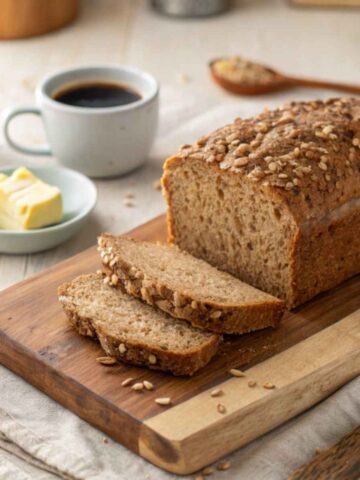
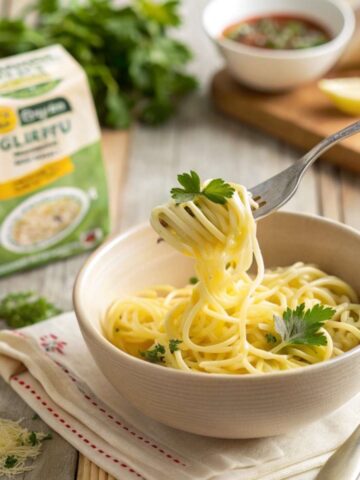
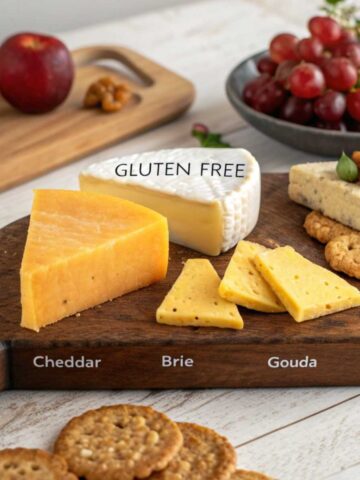
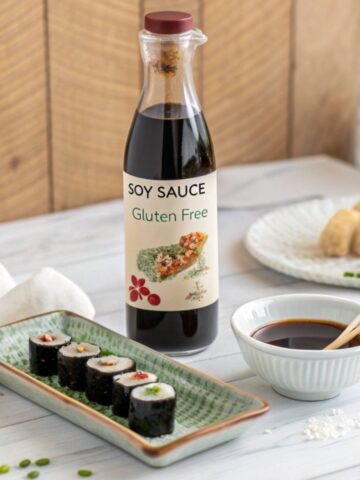
Leave a Reply